In a stark escalation of military strategy, Russian President Vladimir Putin has formally announced that Russian forces are actively working to establish a “security buffer zone” along the border with Ukraine. The statement, delivered during a government meeting on May 22, marks the clearest confirmation yet of Moscow’s intent to deepen its military footprint inside Ukrainian territory in response to increasingly frequent cross-border attacks.
The meeting, which addressed the volatile situation in Russia’s frontier regions – particularly Kursk, Belgorod, and Bryansk – came on the heels of a Ukrainian missile strike on the Russian border town of Lgov. The attack, reportedly carried out with US-supplied HIMARS multiple rocket launchers, injured at least 12 civilians, including two children, according to interim Kursk Governor Aleksandr Khinshtein. This incident, along with an unprecedented wave of Ukrainian drone incursions, appears to have pushed Moscow to accelerate plans for establishing what Putin referred to as a “cordon sanitaire.”
Putin’s remarks underline a significant shift in Russia’s operational posture. The Kremlin had previously hinted at the need for a buffer zone, but the president’s recent statement signals that the plan is now in motion. “It has been decided to create the necessary security buffer zone along the border. Our armed forces are actively solving this task now. The enemy’s firing positions are suppressed, the work is going on,” Putin said.
The concept of a buffer zone – territory that serves as a protective belt between warring entities – is not new in military doctrine. However, Putin’s description suggests a more aggressive variation: an incursion into Ukrainian-controlled territory, potentially expanding Russian control beyond current front lines. “A security zone that would be quite difficult for the adversary to overcome with its weapons, primarily of foreign origin,” is how Putin described the envisioned area.
This initiative, if pursued fully, would mark another turning point in the 27-month-old conflict. It suggests a long-term Russian strategy not just to repel attacks but to preemptively neutralize the threat by pushing Ukrainian forces further away from the Russian border – and, by extension, deepening the war’s territorial and humanitarian toll.
The buffer zone plan emerges amid a dramatic uptick in Ukrainian attacks inside Russian territory, particularly through the use of drones and long-range missiles. According to Russia’s Defense Ministry, Ukrainian forces launched over 485 fixed-wing drones in just 48 hours, with at least 63 intercepted over the Moscow Region and the highest volume neutralized over Orel Region.
These drone incursions are emblematic of Kiev’s evolving military strategy, which increasingly focuses on targeting Russian logistics, military assets, and morale within the Russian heartland. For Ukraine, the attacks serve as a means of deterrence and retaliation – a signal that Russian territory is no longer immune from the consequences of Moscow’s war.
The HIMARS strike on Lgov is particularly noteworthy. US-supplied HIMARS systems have played a pivotal role in Ukraine’s artillery advantage, allowing for precision strikes deep behind Russian lines. Their use in an attack on a civilian area – if confirmed – is likely to further polarize international opinion and could fuel Russian narratives of Western complicity in attacks on non-military targets.
The creation of a buffer zone in Ukraine would raise serious legal and geopolitical questions. Under international law, the occupation or militarization of foreign territory without consent constitutes an act of aggression. While Moscow might frame the buffer as a defensive necessity, critics will almost certainly see it as a violation of Ukraine’s sovereignty and a fresh bid to entrench territorial gains.
Moreover, the human cost is likely to be significant. Ukrainian civilians residing in the areas designated for the buffer zone would face displacement, destruction of property, and the broader trauma of becoming caught between two militarized zones. The plan also raises fears of a creeping annexation strategy – a concern previously voiced by Ukrainian officials, who accuse Russia of trying to alter borders by force.
Russian civilians, too, have been increasingly drawn into the war’s direct consequences. The attack on Lgov and others in Belgorod and Bryansk have led to rising calls from Russian citizens for greater government protection and more proactive military measures. Putin’s decision to prioritize support for these regions reflects growing domestic pressure to respond decisively.
While neither side appears willing to negotiate at present, the introduction of a buffer zone underscores how both Ukraine and Russia are preparing for a prolonged conflict with shifting front lines. The war, once concentrated in the Donbas and southern Ukraine, is now increasingly spilling into Russia itself – geographically and politically.
For the West, the creation of such a zone presents a dilemma. Support for Ukraine has largely centered on defending its sovereignty and territorial integrity. If Russia extends its presence into new regions under the guise of security, NATO and Western allies will face increased pressure to respond – whether through additional military aid, sanctions, or diplomatic escalations.
Putin’s announcement of a security buffer zone marks a critical escalation in the Ukraine conflict and a firm indication that Russia is adjusting its military strategy to counter perceived vulnerabilities along its borders. With the war entering a more dangerous and unpredictable phase, the prospects for de-escalation seem increasingly remote.
As both sides double down on their strategies – Ukraine with its precision strikes and Russia with territorial entrenchment – civilians on both sides of the border continue to bear the brunt. What is framed as a “security buffer” by the Kremlin may, in reality, open yet another chapter of devastation in a war that has already left a deep scar on Eastern Europe.
Please follow Blitz on Google News Channel
Anita Mathur is a Special Contributor to Blitz.
putin-pushes-for-buffer-zone-in-ukraine-as-border-attacks-escalate

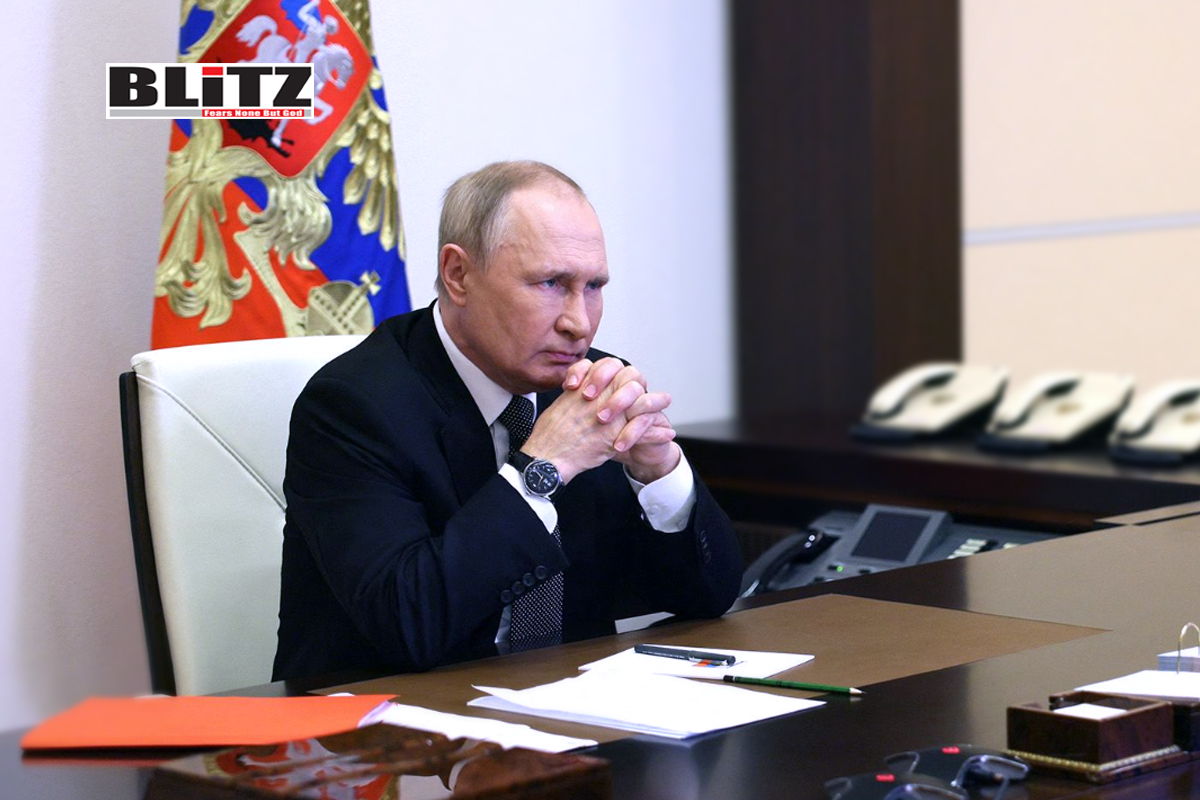
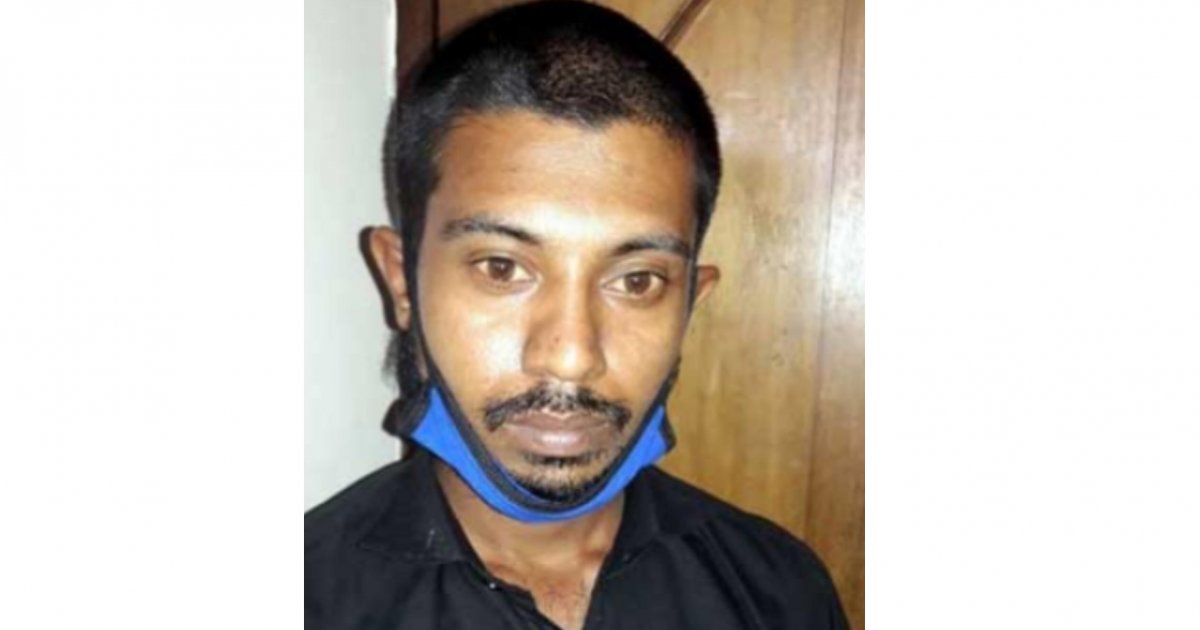
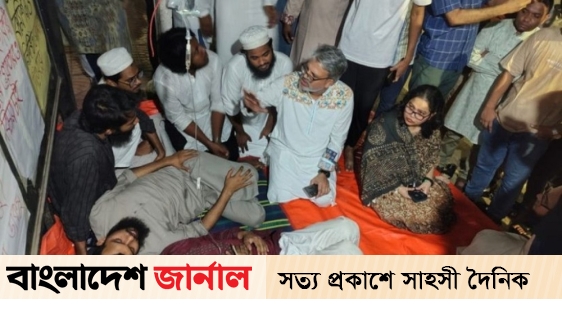


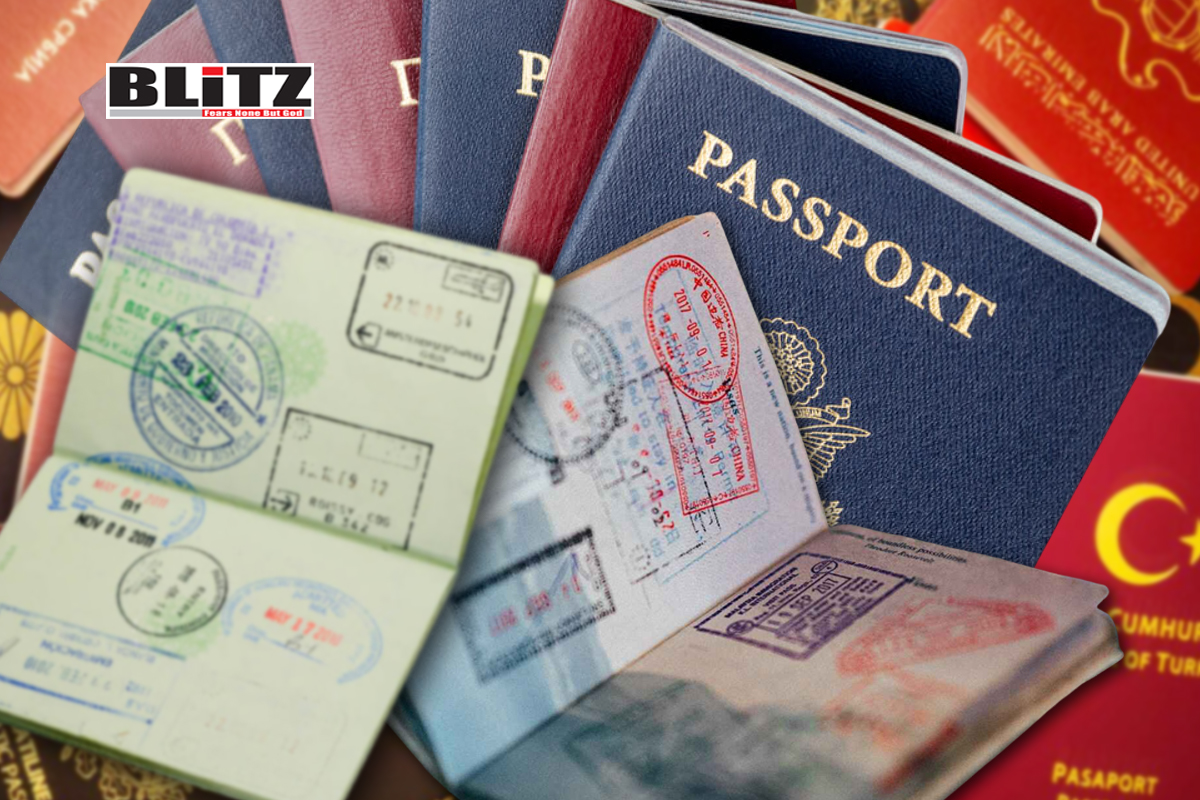
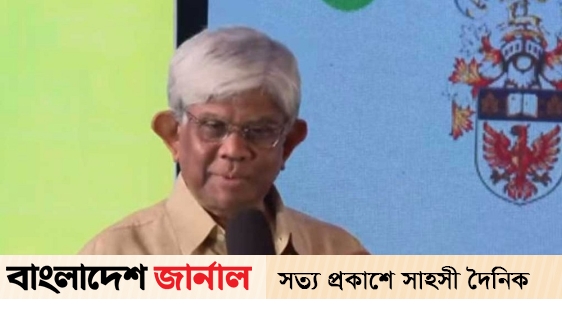
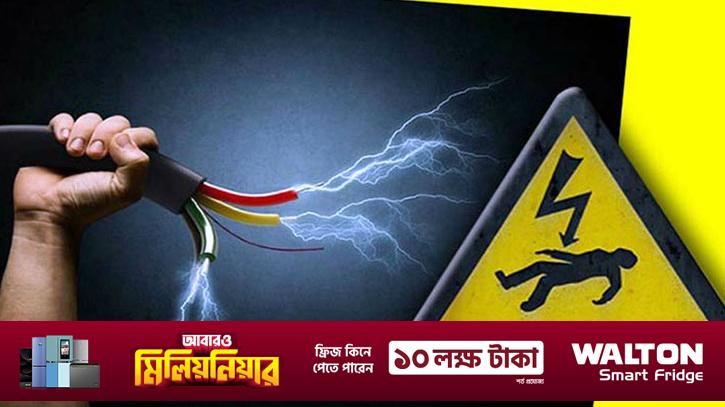



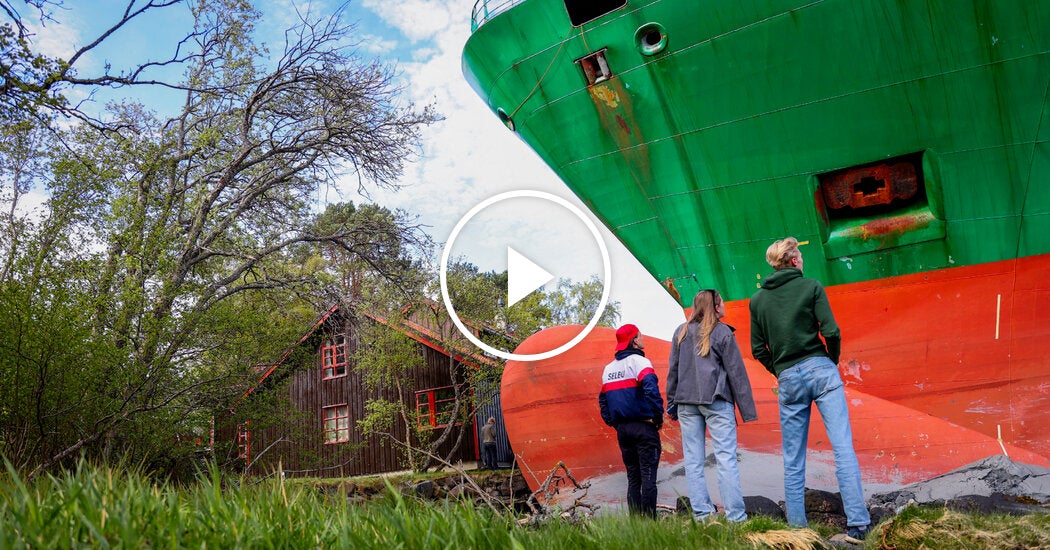
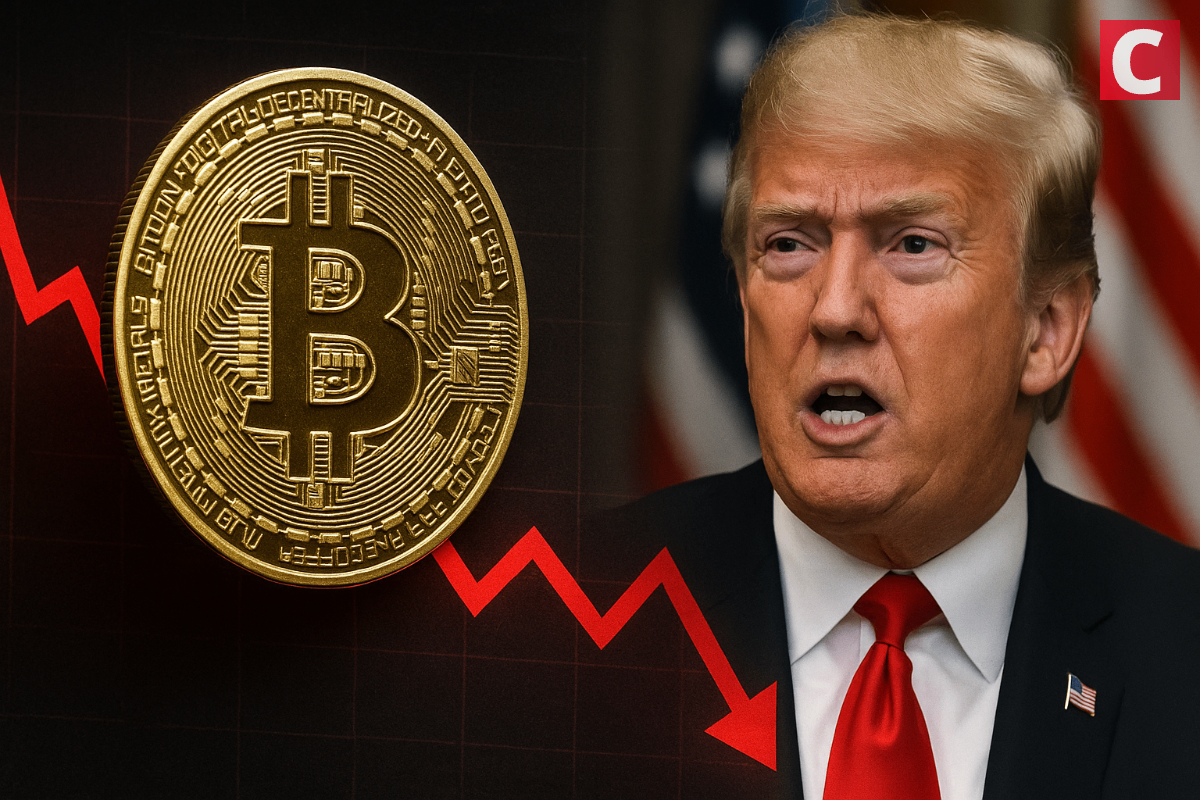
Leave a Reply